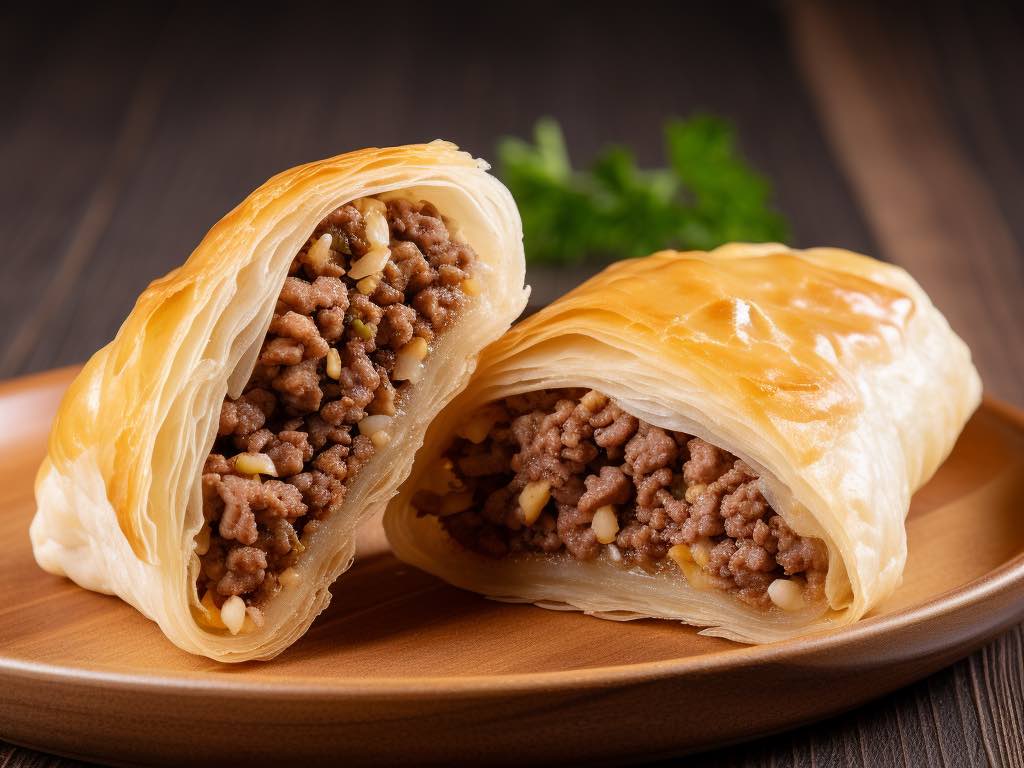
Sambousek: A Culinary Journey Through the Irresistible Arab Pastries
|
|
Time to read 5 min
Welcome to One Stop Halal!
Written by: Najma A.
|
|
Time to read 5 min
Food has an incredible power to transport us to distant lands, allowing us to experience the rich tapestry of cultures and flavors that make up our world. One such culinary delight that has gained popularity in recent years is the sambousek. Sambousek, a savory pastry with a Middle Eastern origin, has captured the hearts and taste buds of people worldwide. In this blog, we will take a delightful journey through the history, ingredients, preparation, and cultural significance of sambousak, exploring its various regional variations and the irresistible allure it holds for food enthusiasts.
Making sambousek is a labor of love, as it involves several steps, each contributing to the pastry's perfection. Here's a step-by-step recipe for sambousek:
As sambousek has traveled across the Middle East and beyond, it has taken on various regional flavors and forms. Here are some notable variations:
It holds a special place in people's hearts across the Middle East and beyond. It is not just a delightful snack but also a symbol of hospitality, tradition, and celebration. Here are some ways sambousek is culturally significant:
Welcome to Butcher Shop that is 1-clik away. We carry various meat cuts that are hard to find elsewhere. We deliver to your doorstep anywhere in the United States within 1-2 business days.
Sambousek is a culinary treasure that has stood the test of time and transcended borders. With its delectable fillings, delicate pastry, and rich history, it's no wonder that it has become a beloved dish worldwide. Whether you savor its savory or sweet variations, enjoy it as a family tradition, or encounter it as street food during your travels, it is a delightful reminder of the rich tapestry of Middle Eastern culture and cuisine. So the next time you bite into a crispy, golden sambousek, you'll indulge in a centuries-old tradition and experience the flavors of a region that has captured the hearts of food enthusiasts everywhere.

© 2025 One Stop Halal, Inc.